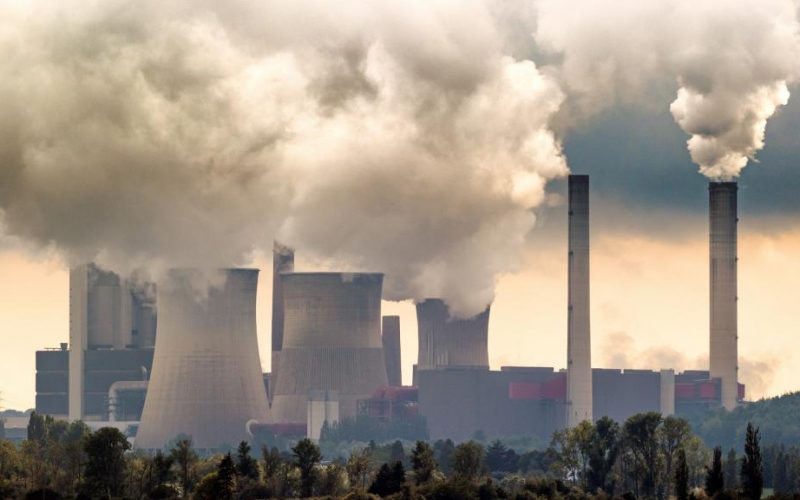
Virtual Reality – The New Tool for SMART Education
iVAR Lab at the Indian Institute of Technology (IIT), Kharagpur has joined hands with a Gurugram-based ed-tech startup iXRLabs to explore the use of VR as a pedagogical tool in higher education. Under this collaboration, iVAR lab will share students’ experience of virtual reality modules across branches such as Civil, Mechanical, Electrical and Chemical developed by iXRLabs. The collaboration will enhance students' learning experiences through immersive VR modules. The modules will cover a wide range of industrial settings which include machinery, plant tours, and experiments such as a jet engine, thermal power plant and universal testing machine. This will promote…


